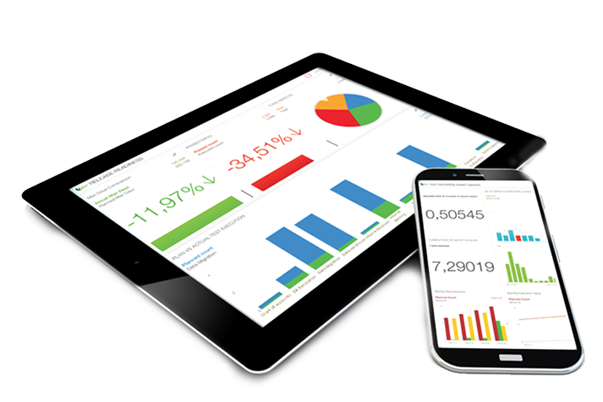A famous statement says “We can’t control things that which we can’t measure”.
In software projects, it is most important to measure the quality, cost and effectiveness of the project and the processes. To do that, test managers need to define the right metrics as they refine their testing best practices and adopt innovative new methods.
Test Analytics provide quantitative approach to the development and validation of the software process models. They help the organization to obtain the information it needs to continue to improve its productivity, reduce errors and improve acceptance of processes, products and services and achieve the desired goals.
They can provide a great deal of insight into the quality of products as well as the effectiveness of current test methods. Enterprise members, from executives to testers can view these metrics and gain a greater understanding of how software testing efforts are operating and to what extent they are actually succeeding.
 To measure the effectiveness and efficiency of the software testing project, the use of the following metrics is recommended. Some metrics for measuring effectiveness:
To measure the effectiveness and efficiency of the software testing project, the use of the following metrics is recommended. Some metrics for measuring effectiveness:
 To measure the effectiveness and efficiency of the software testing project, the use of the following metrics is recommended. Some metrics for measuring effectiveness:
To measure the effectiveness and efficiency of the software testing project, the use of the following metrics is recommended. Some metrics for measuring effectiveness:
- Test Coverage: Test coverage should be the most important effectiveness measurement for test managers. The metric is determined by comparing the number of successful tests to the total number of tests that need to be completed for a given project. If you have a poor test coverage is poor, then that’s something you will need to address immediately.
- Defect Removal efficiency: This metric is an indicator of the filtering ability of quality control (Testing) and quality assurance (Process). The target is related to the severity of the defect. The objective is to determine the efficiency of defects found by internal review and testing process before releasing the product to the customer. Testing teams should be aiming for a 100 percent removal rate.
- Cost of Testing: This metric offers a clear understanding of the project financials. Managers can utilize this metric to indicate the cost of project activities, Control risks that lead to budget and schedule overruns, and maximize project performance and profitability.
- Test progress: This metric monitors test execution rates, and predict if testing will be completed on time. It also monitors defect detection and closure rates, forecast new defects to be detected and predict defect closure by code freeze to ensure release readiness.
- Defect response times: This metric is an indicator that Shows overall quality of bug fixing. It helps Project and Test Managers to identify delays in early stages of the project and to escalate critical delays.